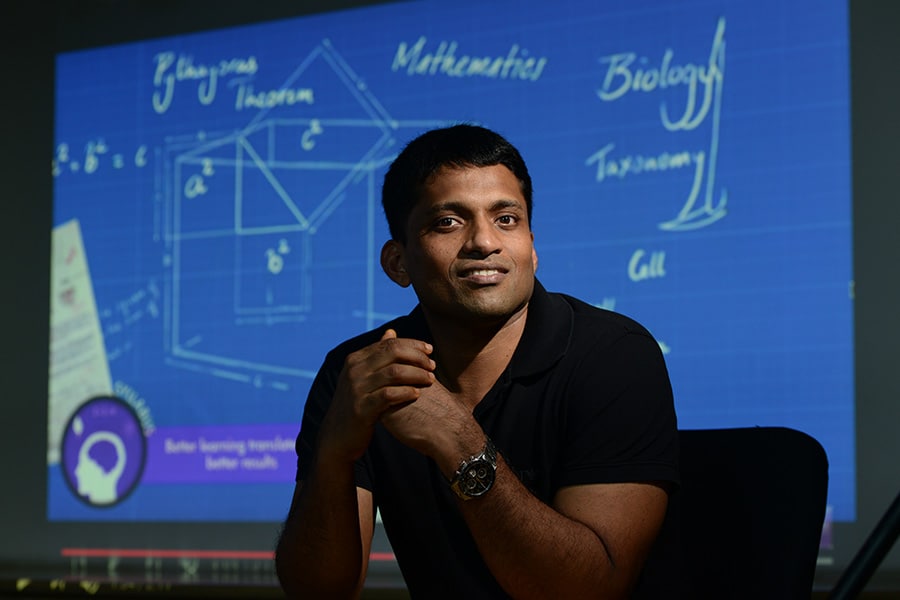India innovates but structural challenges throw a wrench in the wheel
At the recent Bengaluru leg of the Forbes India One CEO Club roundtable, India's top chief executives spoke about what's holding India back from being a global innovation hub, and bringing digital technologies to bear
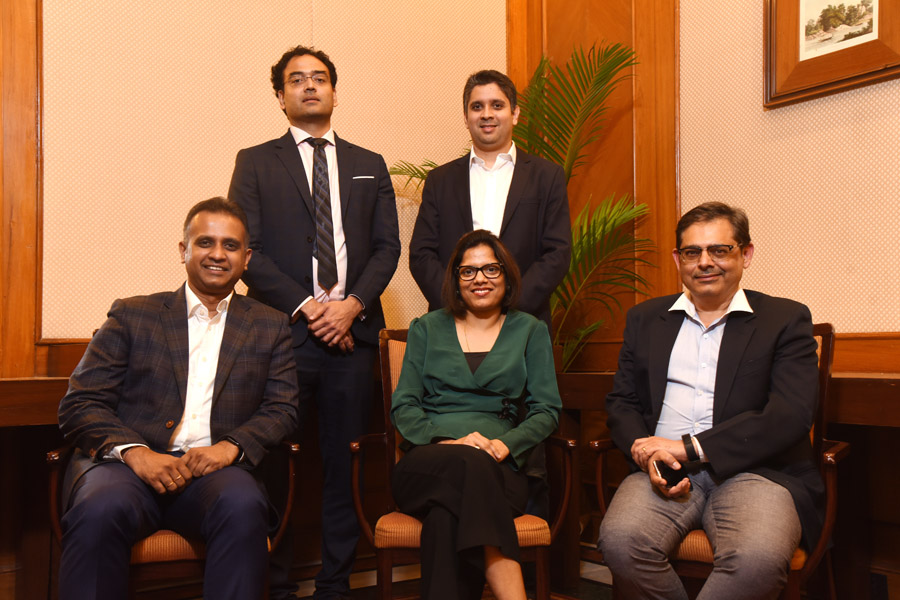 (L to R standing) Adhil Shetty, CEO, Bankbazaar; Sashank Rishyasringa, co-founder and managing director, Capital Float; (L to R seated) Sujit Janardanan, head of marketing, Google Cloud India; Amisha Jain, CEO, Zivame; Sanjiv Kathuria, CEO, DotZot
(L to R standing) Adhil Shetty, CEO, Bankbazaar; Sashank Rishyasringa, co-founder and managing director, Capital Float; (L to R seated) Sujit Janardanan, head of marketing, Google Cloud India; Amisha Jain, CEO, Zivame; Sanjiv Kathuria, CEO, DotZotFour chief executives from different new-age ventures sat down on September 24, 2019, to discuss ‘Innovating in India for the world’, at the Bengaluru leg of the Forbes India One CEO Club’s Digital Leadership series roundtable, conducted in partnership with Google Cloud India. The round table saw Adhil Shetty, CEO, BankBazaar; Amisha Jain, CEO, Zivame; Sashank Rishyasringa, co-founder, Capital Float; and Sanjiv Kathuria, founder and CEO, DotZot – an arm of DTDC, discussed the structural challenges that keep India from becoming an innovation hub for the world, and the way forward.
Kicking off the discussion, Sashank Rishyasringa, co-founder of online lender Capital Float pointed out that in Silicon Valley the focus has been on inventing something that didn’t exist, before people even imagined a need for it—say social media. But in India, the focus remains on how to deliver products and services which are desperately needed by the wider population. India’s vast population spread and the urban and rural divide has created a need gap of accessibility and providing that easy access at low costs and with better customer experience. It is, he said, the perfect opportunity for startups to come in and fill the gap while at the same time create sustainable and scalable businesses.
This focus of making products and services available to the bottom or middle of the pyramid at lightning speed and at the lowest possible operational expenses is a combination that hasn’t been cracked perfectly by anyone, he said. “When it is, it’s something that can easily be taken to markets like Africa or South East Asia,” Rishyasringa added. Indian fintech companies are also well-poised to go to the US or European shores and significantly disrupt counterparts there, he added.
Rishyasringa hit the nail on the head when he said, “Innovation is at two levels. One, is India a good country for innovation for its own citizens? Yes, thanks to demand and now venture capital supporting it. Second, is it a good country to innovate for anyone? Singapore and Israel have done a good job here, but we fall quite short,” he added. “In India, architecture of public sector is closed, access to public sector institutions is tough, and the tender process is opaque. Opening up the architecture of the government and making it porous to make it easier for regular people to interact with it, would help,” he shared.
The other challenge—which has plagued India for as long as one could care to remember—is of cumbersome processes. Programs like Digital India, Startup India and Make in India have started oiling the engine, but significant problems remain. Rishyasringa said entrepreneurs will figure out a way to work with the government if there are opportunities, but process simplification by the government will help entrepreneurship in India in the long run.
Zivame’s Amisha Jain shared three intrinsic challenges of the lingerie industry. One, the very broken shopping experience; second, lack of the right fit for Indian women’s body types and a lack of innovation in the area; third, before companies like Zivame began to experiment — women had accepted that ‘this is all we get’. Zivame has used technologies like Artificial Intelligence (AI), and data analytics to develop several proprietary tools like the ‘fit code’, which helps women calculate the right bra sizes. “Personalisation is the key here, and Zivame applies a lot of data analytics to achieve it.” These are innovations that can be easily adapted in other markets, she said, adding that “I think we have a rocking product that can go to global markets, and this is not technology, but technology-backed product innovation.”
While she also highlighted the problem of structural silos in Indian organisations and a cultural gap which keeps employees and companies from being on their feet, innovating. “The whole awareness and sensibility about effective utilisation of resources and structures are so matrixed [in India], there isn't enough space for somebody to innovate. Unless those structures are shifted, you won’t see any massive innovations coming out of India,” she added.
For Bankbazaar, a consumer finance marketplace, its vision is that in the future, consumers will want to access financial products which give them a paperless experience and are instant—where six-months bank statements or three-year income tax documents and other physical documents are not necessary, CEO, Adhil Shetty shared. “People are willing to authenticate themselves on their mobile phones and upload electronic files and so on. We thought, ‘can we be a platform player that works with the big banks and NBFCs; can we be the platform that helps them manage this transition from the old to the new?’”. He adds, while India will go through phases of innovation over the years, organisations should keep the end goal in mind while taking stock of the changes in the ecosystem. “We need to prove that business models are scalable and profitable. We have proven that demand exists; when we display scalability and profit, it is a template that can be taken global.”
Sanjiv Kathuria, co-founder and CEO, DotZot, an arm of DTDC says, “In logistics, you have to find innovative solutions. For instance, nobody knows how many pin codes are there in India. There isn’t one big bang innovation to solve this.” DotZot created an India-specific innovation to overcome the lack of bank branches in rural areas, where its partners deliver packages and collect money. While it is India-specific and wouldn’t have much purpose globally, say in the West, Kathuria says “it is not always about big bang innovation, but about doing it brick by brick”. He added, “While the government certainly has a role to play by creating policies to support the ecosystem, there is a larger role to be played by the corporates and other stakeholders in the economy,” which can encourage Indian startups to innovate for the world.
Sujit Janardanan, who leads marketing for Google Cloud India, pointed to some innovations that were born in India and taken to the world. India is home to the largest two-wheeler market in the world, and the millions of motorcycle and scooter riders have different navigation needs than drivers of automobiles. "We created Maps for two-wheelers as an India-first Google feature to aid motorists nationwide. It provides customised traffic estimations and shortcuts, which are available only to riders," he said. Janardanan added, "We also announced an initiative to help the hundreds of millions of Indians who use 2G phones get the information they need, without requiring data or an internet connection. The Vodafone-Idea Phone Line—supported by the Google Assistant—enables Vodafone-Idea users to call a single number, free of charge at any time, and ask for everything from sports scores, traffic conditions and weather forecasts to help with homework."
It’s simple, as DotZot’s Kathuria puts it, “Innovation has to come out of an ecosystem. You can’t lock someone up in a room and ask them to innovate”.



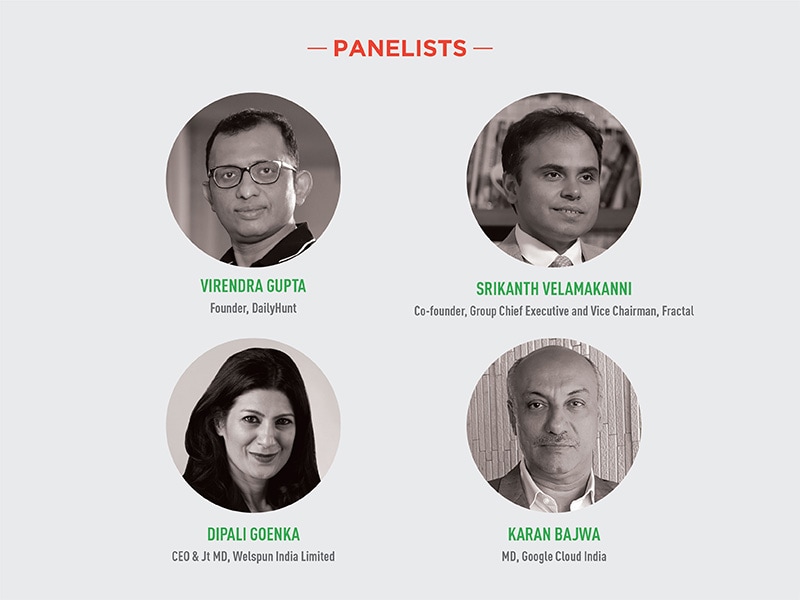
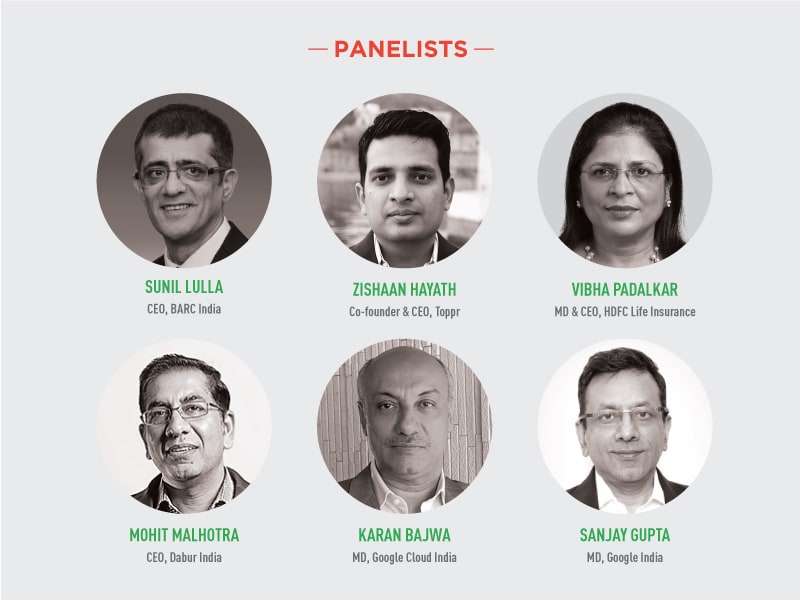
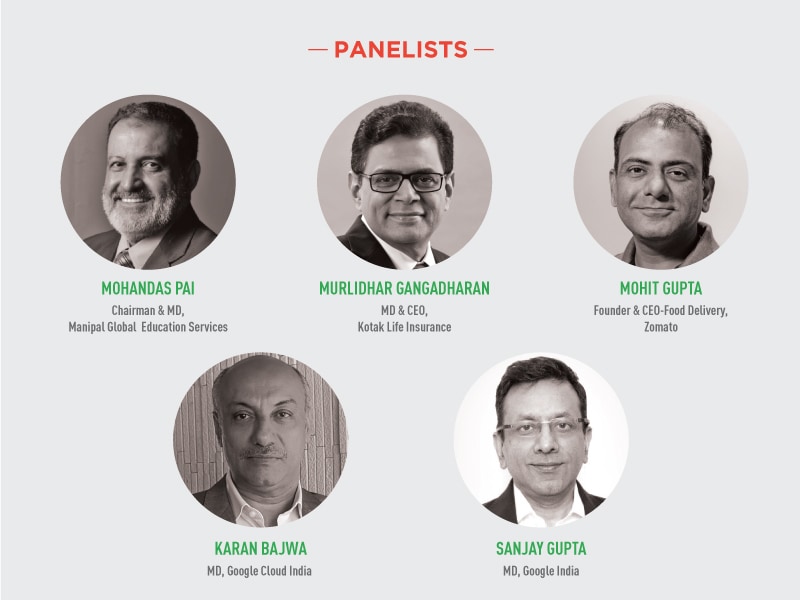
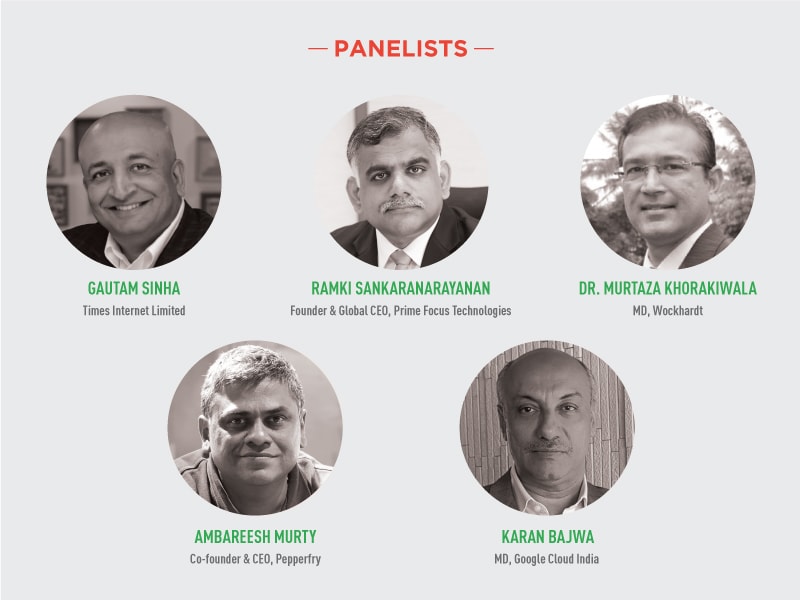
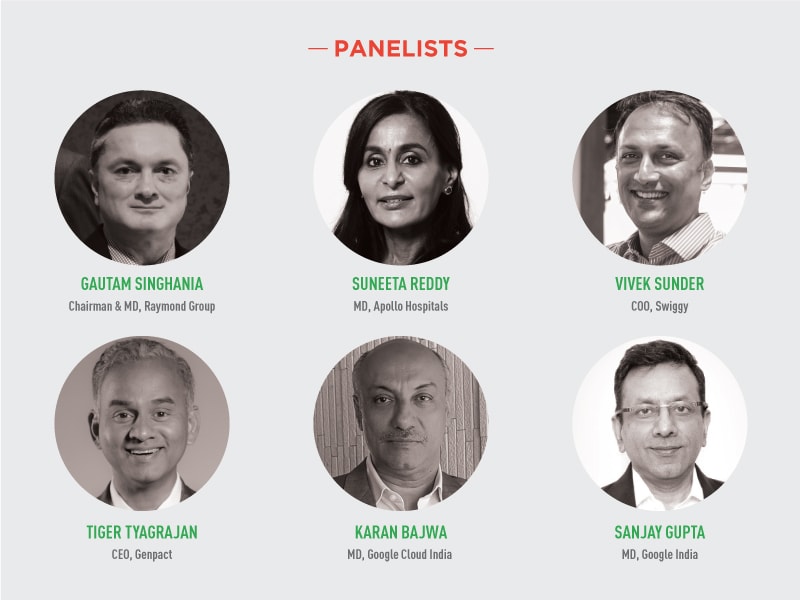
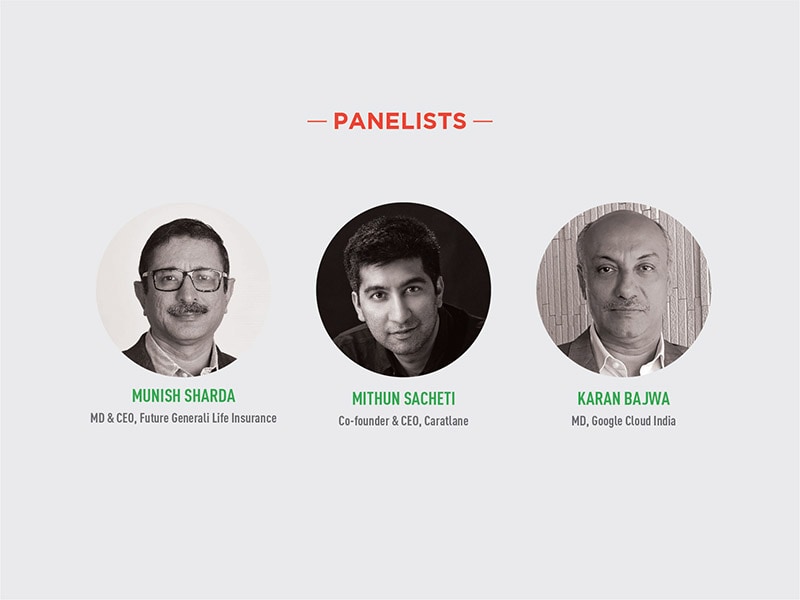
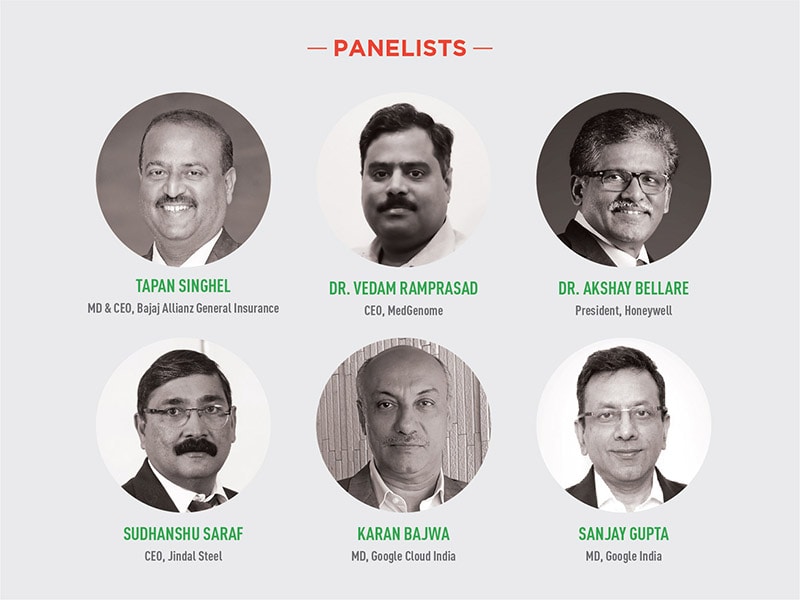
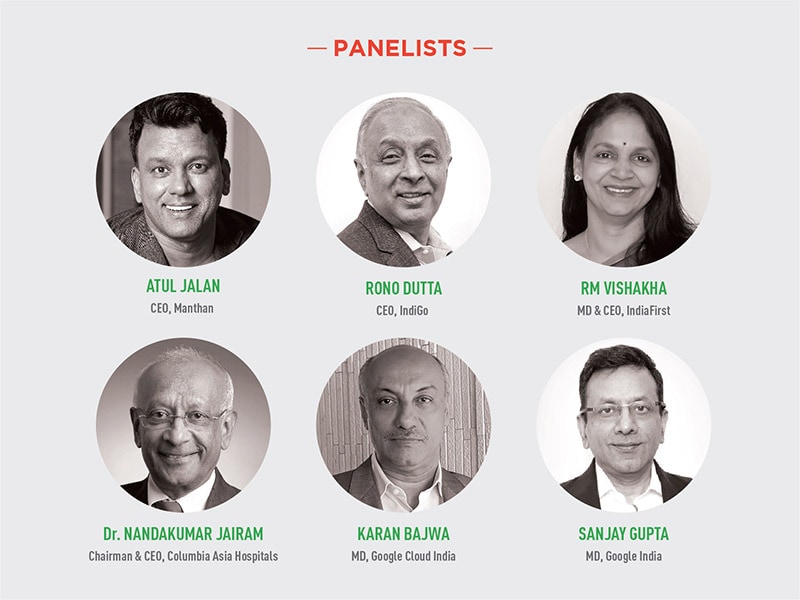
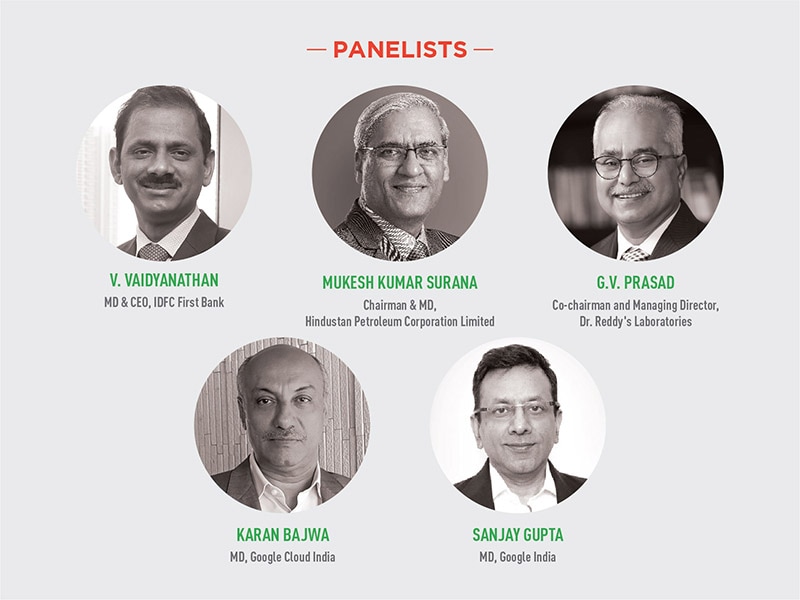
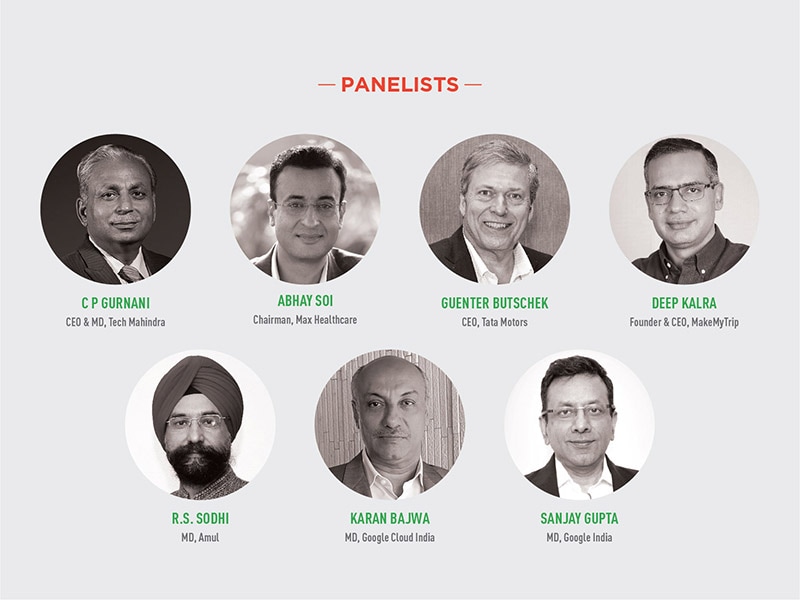
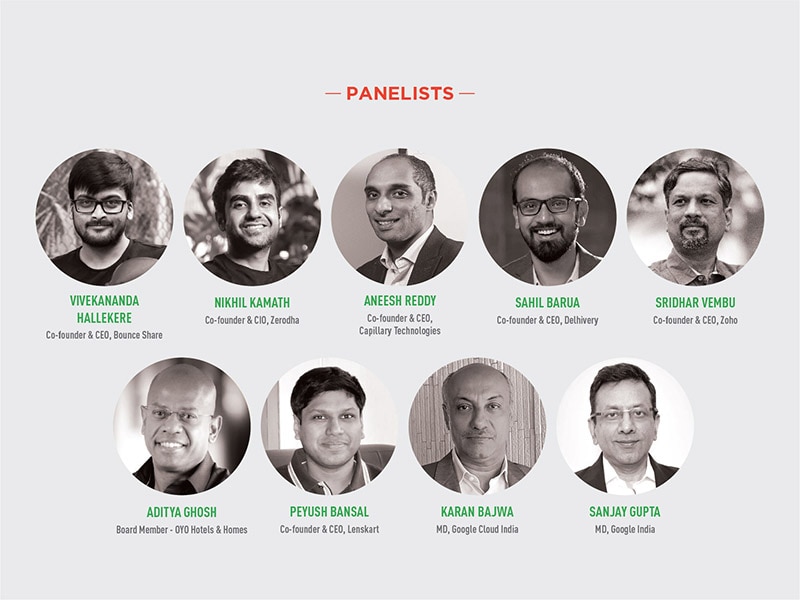
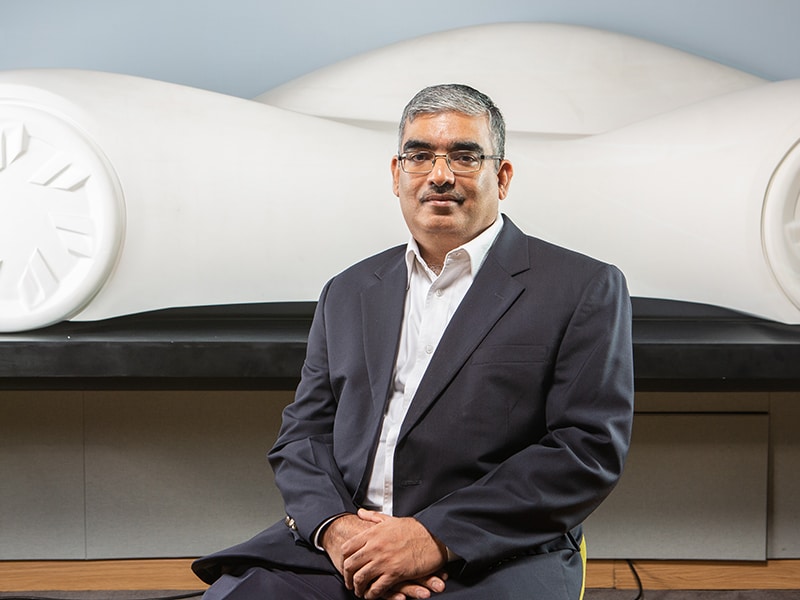
.jpg)
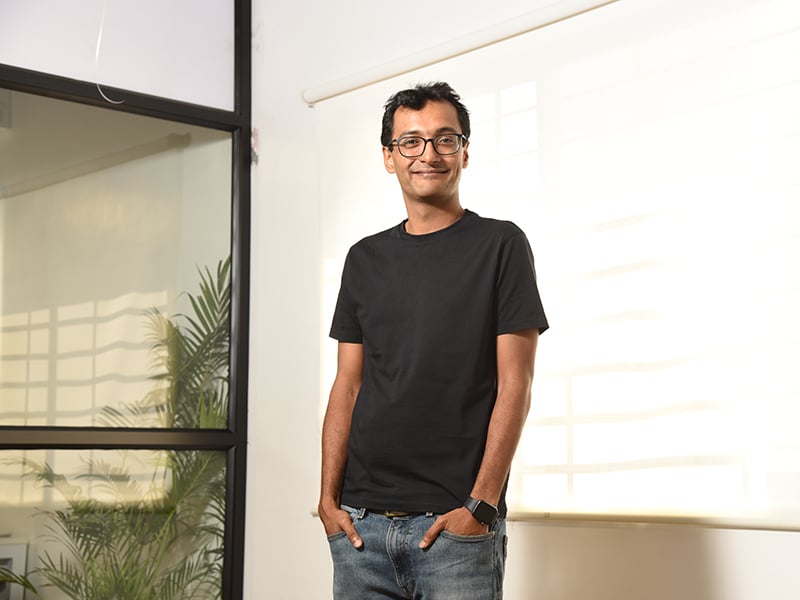




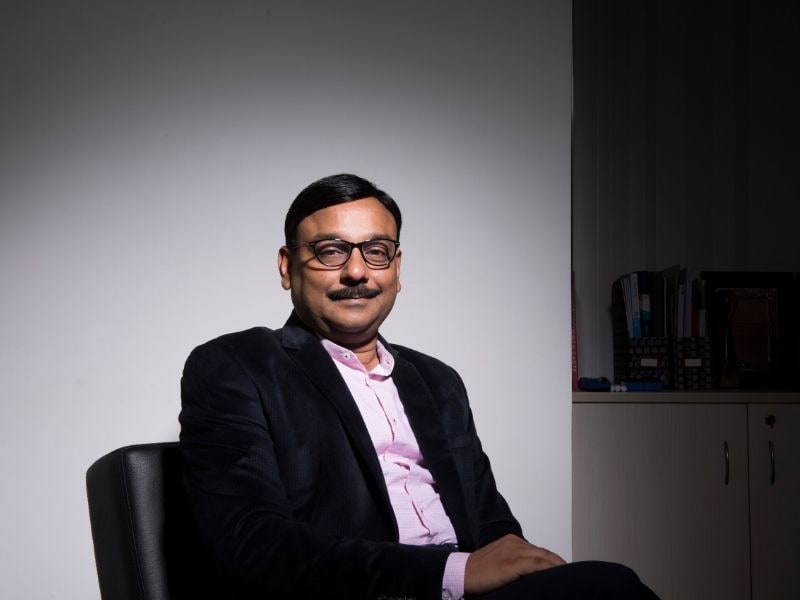
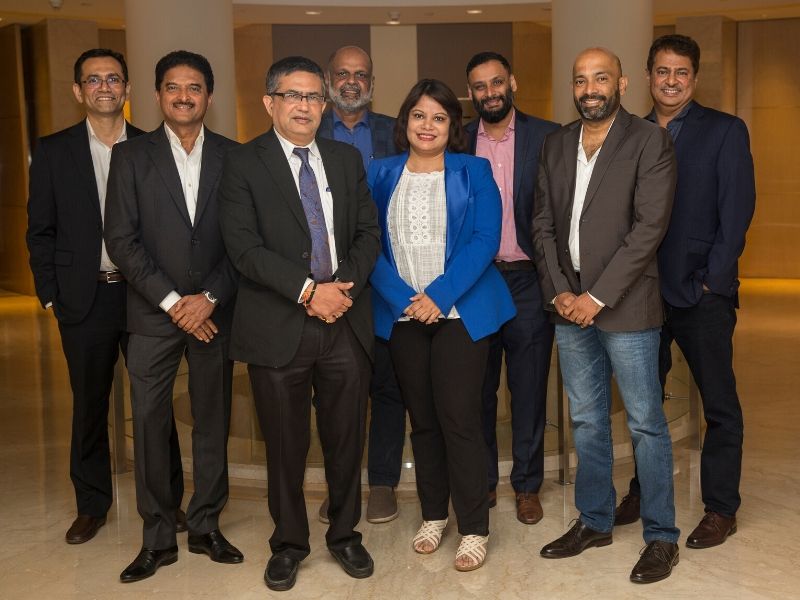
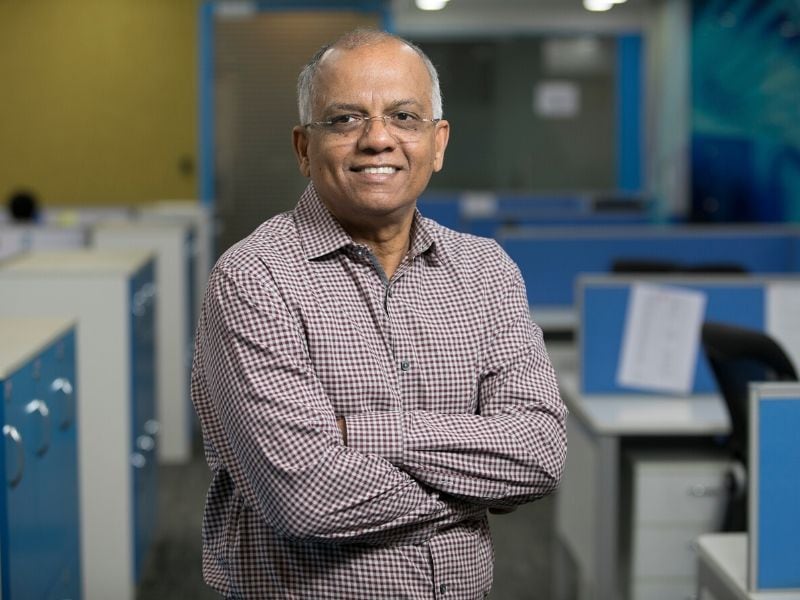



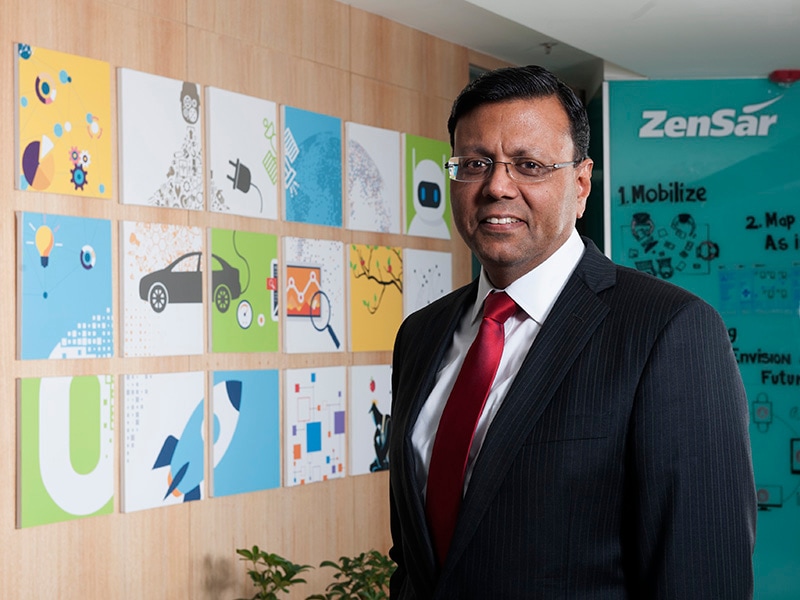
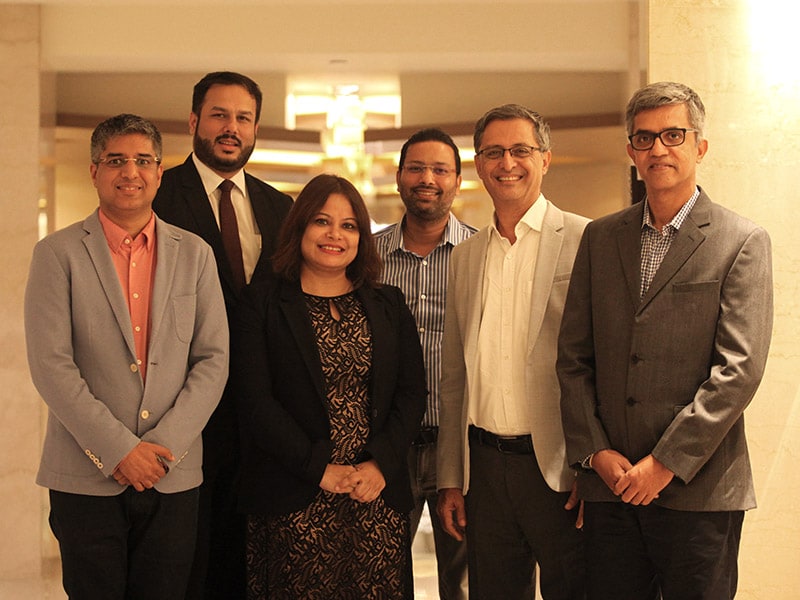



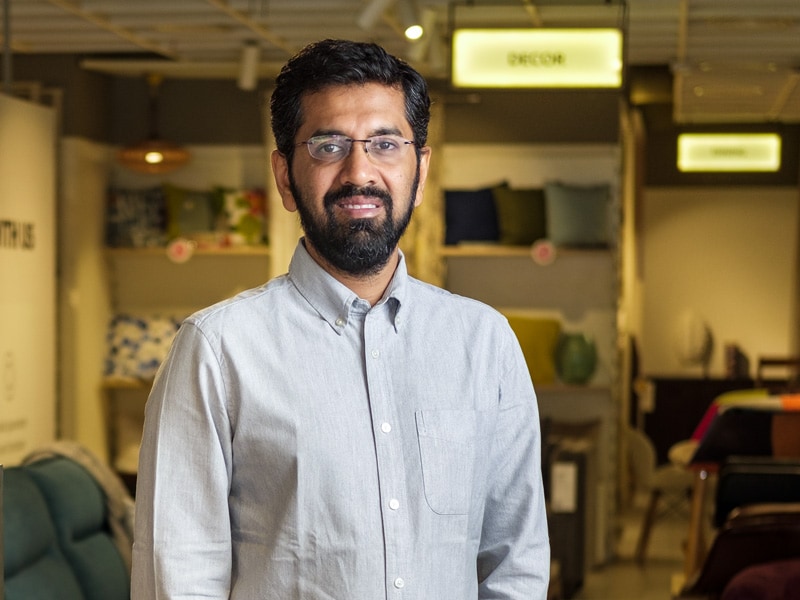
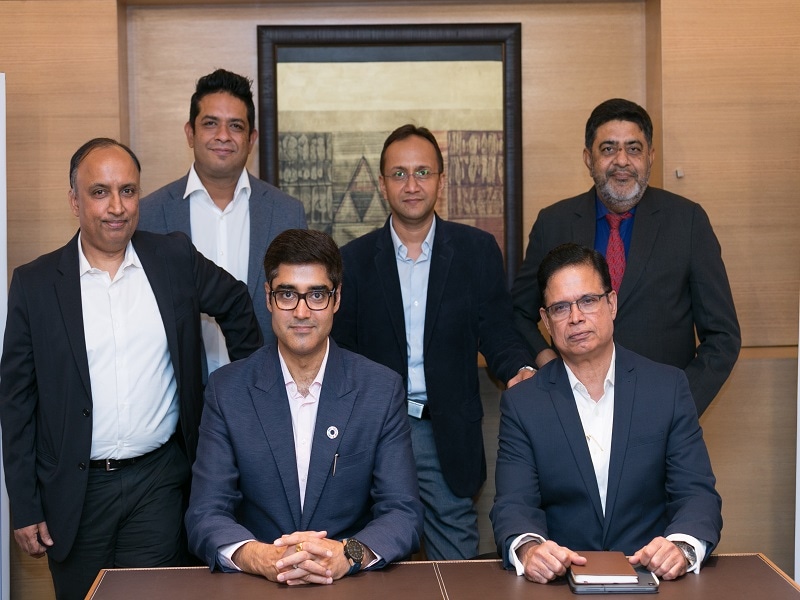
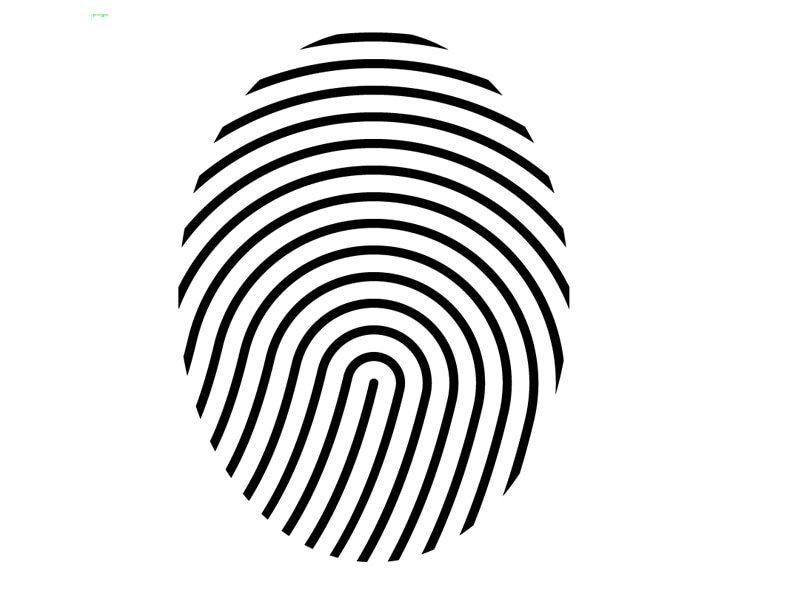

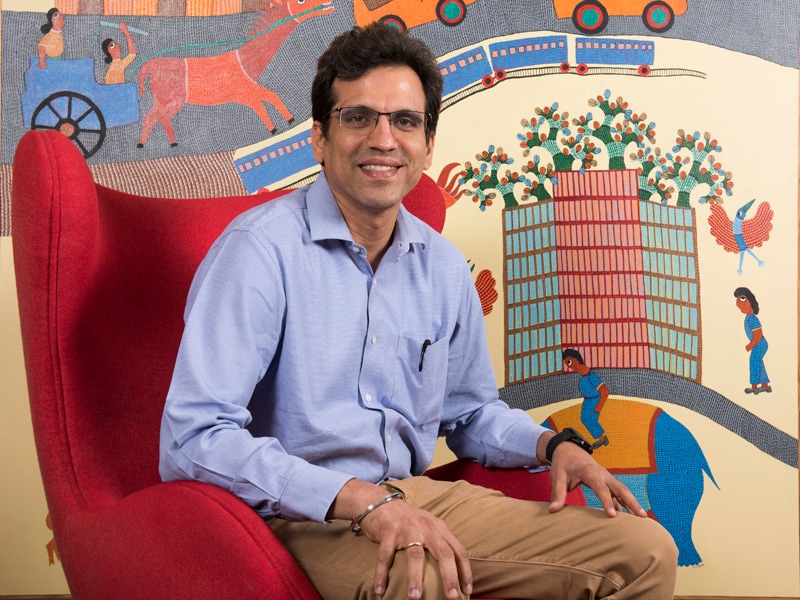
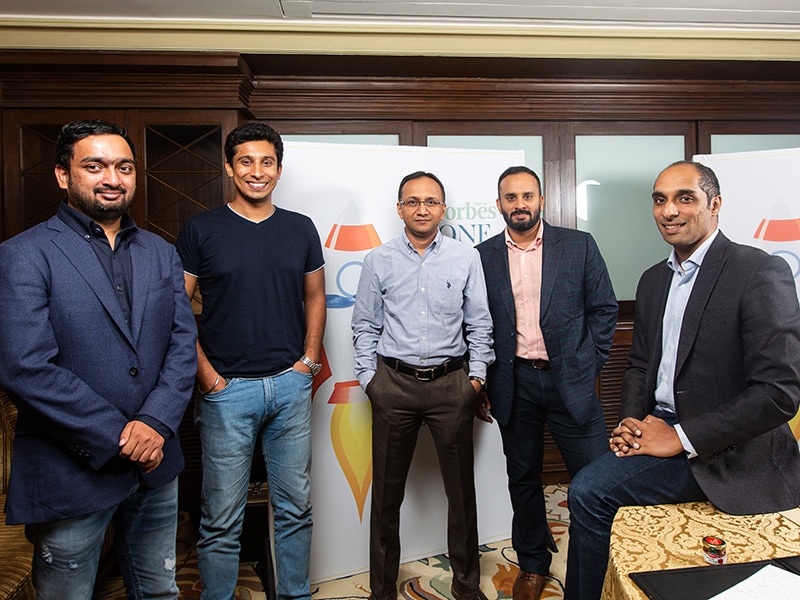

.jpg)

